Many people decide to leave for a holiday in the middle of the year. The world is big, and there are so many wonderful countries to discover, among which Vietnam is on the list for its unique oriental culture, being well-known for hospitality and definitely a peaceful developing country after a long time of war. With so many questions about how Vietnam in August is, the Izitour team wants to share our knowledge with you.
1. All information about the weather in Vietnam in August
Planning to travel to Vietnam in August, travelers should note down some of the main characteristics about weather and climate to pack your suitable luggage.
1.1. Northern Vietnam's weather
August arrives with many signs of autumn in the North of Vietnam. Although the temperature is still high this month, there are still light winds blowing, making the atmosphere cooler and less stuffy. The average daily temperature remains close to the peak, at around 32oC. August is also the rainy month of the year, with some sudden storms and downpours. However, on days without storms, especially in Ha Long Bay, the weather in August is good enough for trips. On heavily rainy days, the weather in Lan Ha Bay will be better than in Halong Bay because its limestone rock system is more intense.
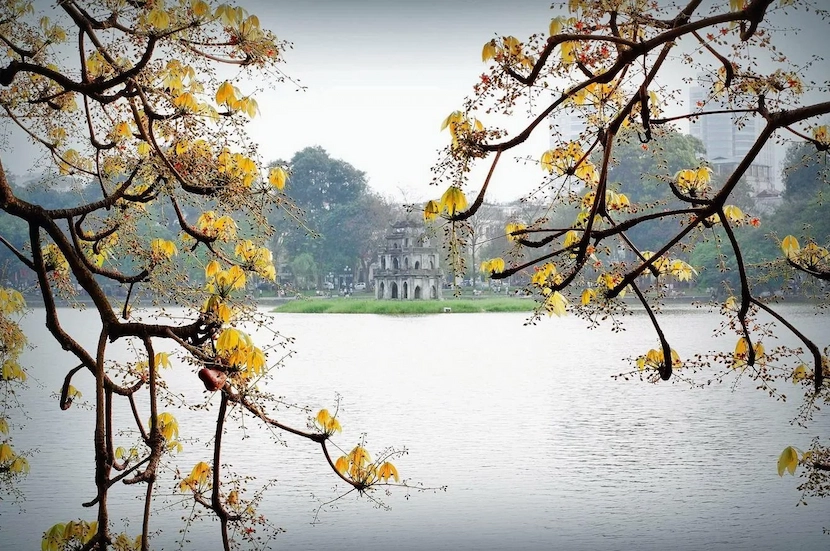
You can feel the pleasant of Hanoi atmosphere in Autumn
1.2. Northern mountain of Vietnam's weather
In the northern mountains, the weather is cooler, with a temperature around 29oC. In August, the rice fields are deep green because they will be almost ripe within the next month. Traveling to the Northwest would be more pleasant than heading to the Northeast, as heavy showers can affect your trips.
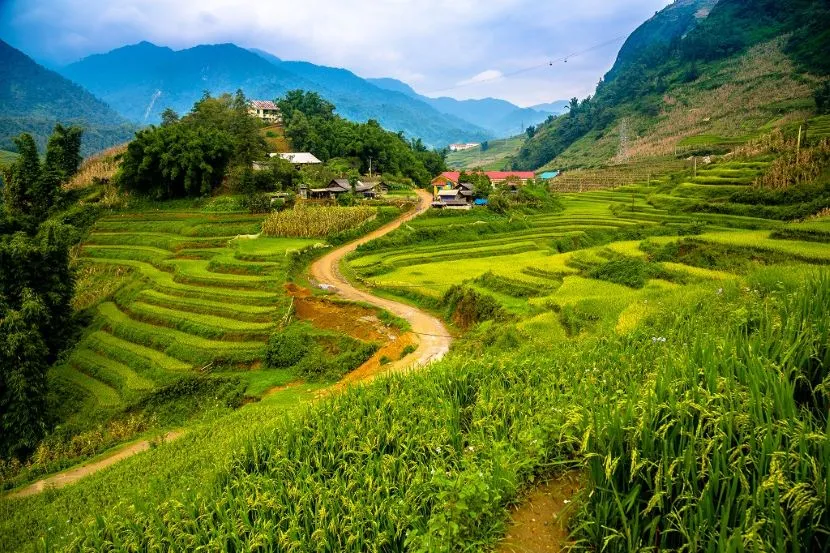
Sapa's lush green rice field in August
1.3. Central Vietnam's weather
In August, Central Vietnam is beautiful, with blue skies and less rain. With the autumn breeze, it is cooler than the other summer months. However, on stormy days in Northern Vietnam, it also rains in the Phong Nha and surrounding, water level rising, so tourists can not visit caves.
1.4. Southern Vietnam's weather
South Vietnam in August, especially in the Mekong River Delta area, is rainy. There are even floods. For many of us, floods are a bad thing, but local people in the Mekong Delta really like this season. With rising water levels, thousands of fish schools have arrived in the area, which encourages fishing activities. Furthermore, the floods also bring alluvium for agriculture.
Although August is mentioned as the flood season, the rains are reported to be of the shortest duration, and the average temperature is around 30 degrees Celcius.
2. The tourist flow and the travel costs to Vietnam in August
August is normally not the period that is too crowded with tourism. However, it should be noted that the first half of August still falls on the summer holidays so there are still many Vietnamese families on their vacation, especially at the seaside of Da Nang, Quy Nhon, Nha Trang or in the area such as the Bay of Tonkin. So if you want to take advantage of your holiday at the beach for a few days, you need to book the hotel in advance to get the best services at the same price. In this month, there are many promotions of hotels (especially 4-5 stars) and airlines.
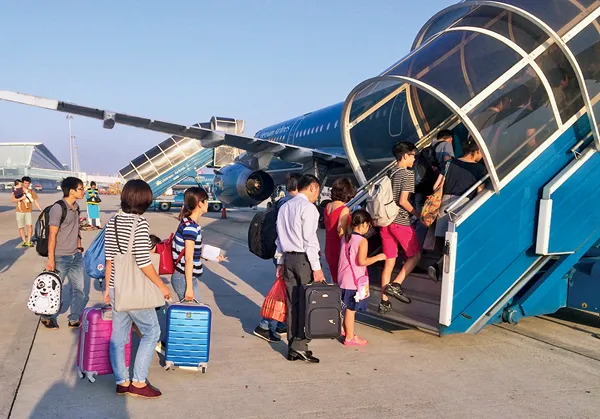
Tourists in the airport are not too crowded
3. Things to see in Vietnam in August
3.1. Places to visit in Vietnam in August
Hanoi: August is the first month of autumn in Hanoi. You still feel the heat, but you can also feel the coolness in the air. The streets like Phan Dinh Phung and Hoang Dieu are covered by yellow leaves, and you can see the street women selling “Com”—premature rice, a typical dish of Hanoi autumn. The scenery is very poetic; indeed, there are also themed songs and poems of Hanoi in August.
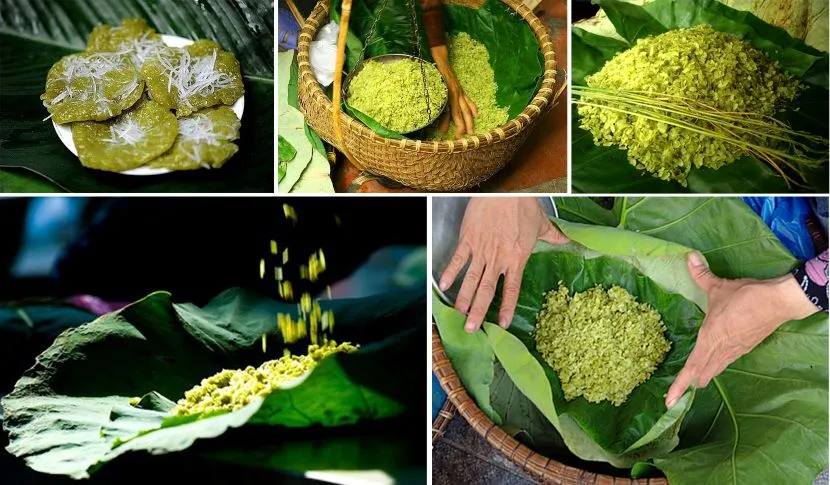
Com - a Hanoi speciality just in autumn
Sapa: In August, if you go to Sapa, you can see the yellow terraces of ripe rice. It depends on the year. If the locals in Sapa harvest early, we can have amazing photos of ethnic people working on the terraced rice field. On dry days, the Sapa’s sky is very deep and you can participate in a special type of tourism: "chasing the clouds", that is, get up early to see clouds when they are still low, it seems that you are walking on clouds. Furthermore, soaking your feet in the traditional herbal water of the Dzao ethnic group in Sapa is also a very special experience to refresh after a long trekking day.
Mu Cang Chai: The weather in Mu Cang Chai in August is usually cool and pleasant, ideal for exploring the local nature and culture. However, there are also some unexpected showers, so prepare your suitable footwear. Mu Cang Chai in August offers a breathtaking sight of lush green rice terraces stretching as far as the eye can see. This is the time when the rice is still young, preparing for the harvest season in September and October.
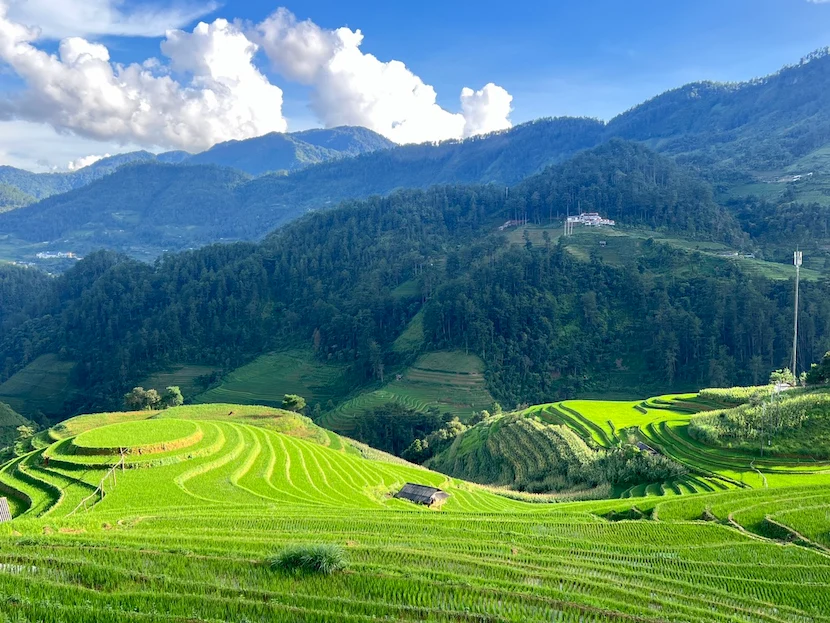
Mu Cang Chai's green field
Mai Chau and Pu Luong: Being the countries in the North-West, Mai Chau and Pu Luong offer a very fascinating panorama. Going for a bicycle ride or trekking amidst the intense green rice fields and admiring the houses on stilts and the daily activities of the locals make it a true getaway from the chaotic city life. August is also the season of "mang" - the bamboo shoots.
Lan Ha Bay: Lan Ha Bay is located in the centre of the Cat Ba World Biosphere Reserve. Arriving at Lan Ha Bay, you can not only see the beauty in harmony between limestone rocks and clear water but also experience the adventures of Cat Ba National Park, caves, and fisherman's village and admire the diverse ecosystem in this area.
>> See the list of cruises in Lan Ha Bay with real time price
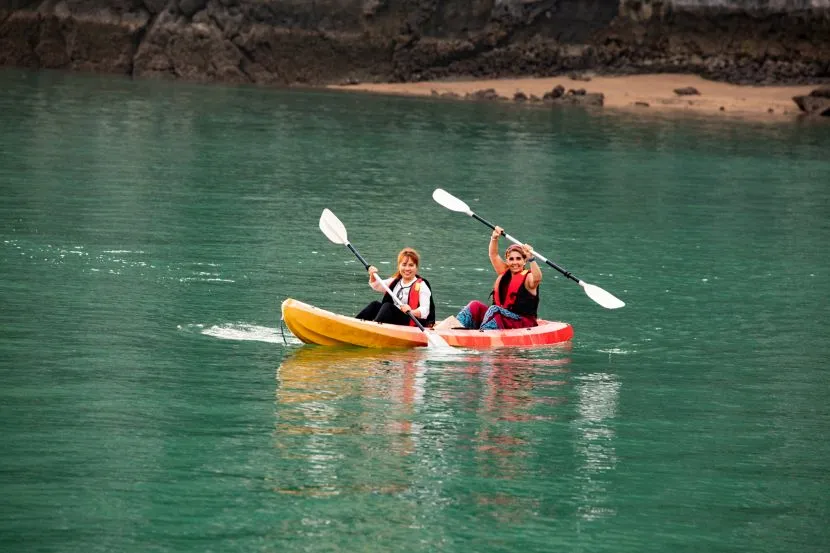
Kayaking in Lan Ha Bay is not affected as much as in Halong Bay.
Central Vietnam: Central Vietnam, including Hue, Hoi An, and Da Nang, has very nice weather. There is no longer the sultry heat with high humidity like in the summer. Central Vietnam’s climate in August is cooler, but you can still take advantage of the sea for a seaside stay. In August, since there were not so many international tourists, the Forbidden Citadel of Hue and the ancient Citadel of Hoi An were less touristy. Strolling and bicycling will be more pleasant because it is less hot.
Mekong River Delta: Because it's the flood season, we can see so many local activities. Even the floating markets are more vivid, with lots of boats around here and there to trade. Some people ask for the price of the goods while others peel the fruits to sell directly to the market. Waking up early to enjoy your breakfasts on a boat will be an interesting experience. In the Mekong Delta, there are many floating markets, such as Cai Rang and Phong Dien, which are not to be missed once you arrive in Vietnam.
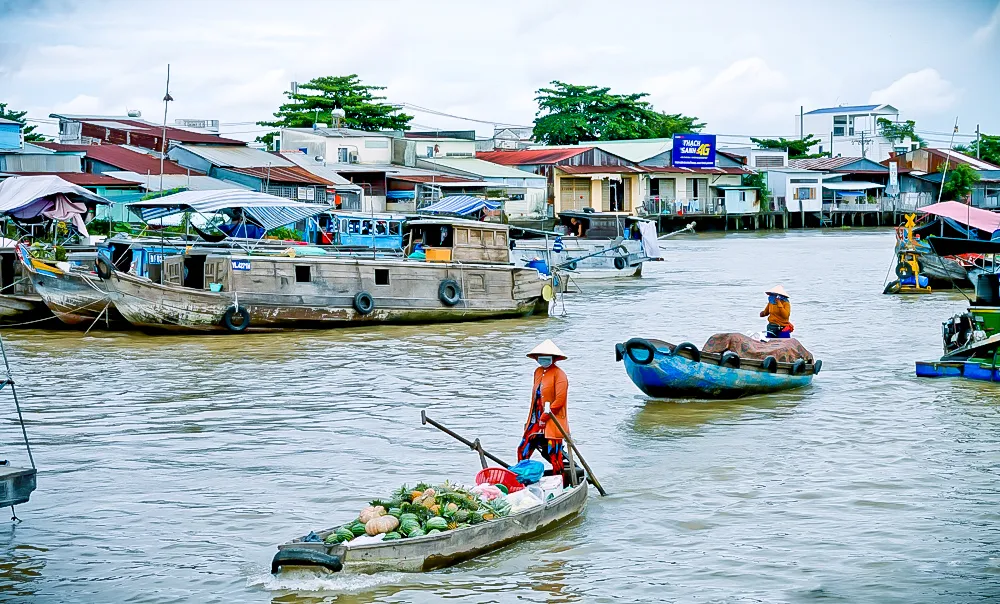
Rustic beauty on the Mekong Delta River
3.2. Vietnam beaches in August
From Central to Southern Vietnam, the beaches in August are absolutely stunning, beckoning travelers to swim, sunbathe, and unwind on the soft sands. With minimal rain and a lack of storms, August offers the perfect conditions to fully appreciate the coastal beauty and enjoy all the wonderful things the sea has to offer.
Lang Co Beach
A pristine gem nestled not far from Hue and Da Nang, Lang Co Beach is a haven of tranquility. Its clear waters, fine white sand, and relatively few crowds make it an ideal escape. The presence of several high-class resorts further enhances the appeal, making Lang Co a fantastic relaxation spot for any traveler.
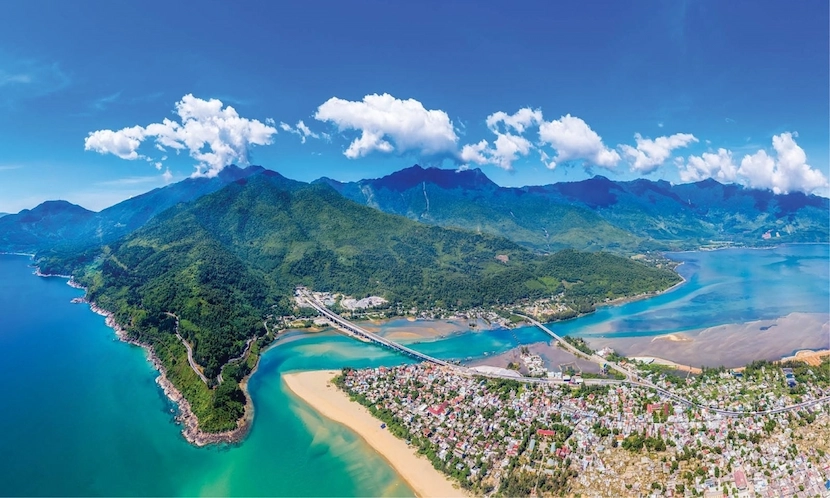
The weather favors a visit to Lang Co Beach
Bac My An Beach and Non Nuoc Beach
These two picturesque beaches lie between Da Nang and Hoi An, offering a blend of beauty and accessibility. While less crowded than some other coastal hotspots, their popularity still means it's wise to book beachfront accommodations in advance, especially at 5-star resorts like Fusion and Naman Retreat, to secure the best possible views.
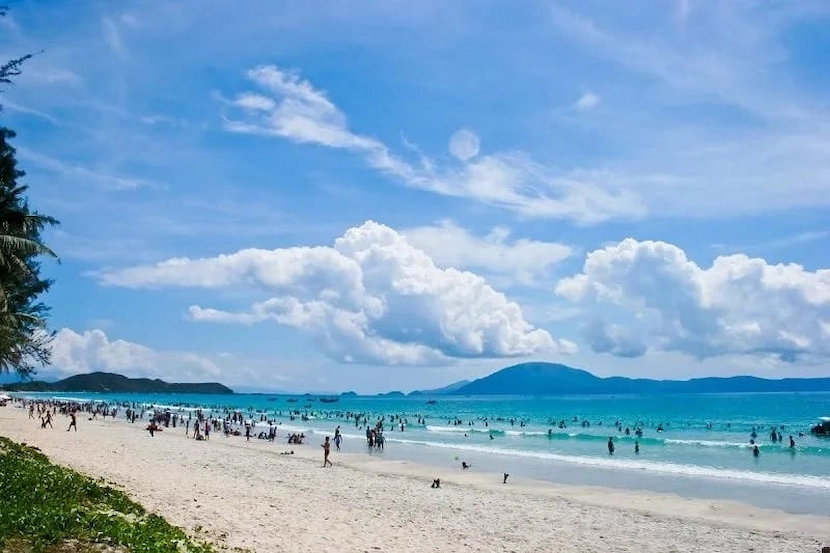
Danang Beach on a sunny day
Ha My Beach and An Bang Beach
Though not directly in the ancient town of Hoi An, Ha My and An Bang Beaches are easily accessible. Taxis are readily available, and many hotels offer free shuttle buses. Some hotels even provide bicycles or scheduled shuttles, so it's a good idea to inquire with your hotel's reception for schedules and costs.
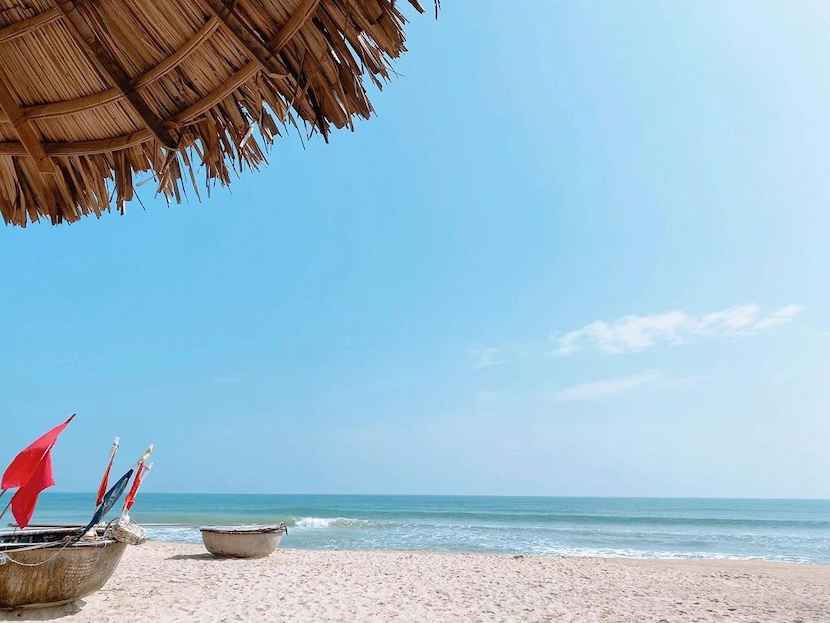
A peaceful day on An Bang Beach
Quy Nhon
Quy Nhon is rapidly gaining recognition as a must-visit beach destination for both domestic and international tourists. Beyond its recent surge in popularity, Quy Nhon boasts a rich history as the land of ancient Sa Huynh and Dong Son cultures, and later, the capital of Champa. The sea here is blessed with crystal-clear waters and unspoiled beaches. The affordable cost of living allows visitors to indulge in fresh seafood at very reasonable prices. A trip to Ky Co - Eo Gio or Queen Beach is highly recommended when visiting Quy Nhon.
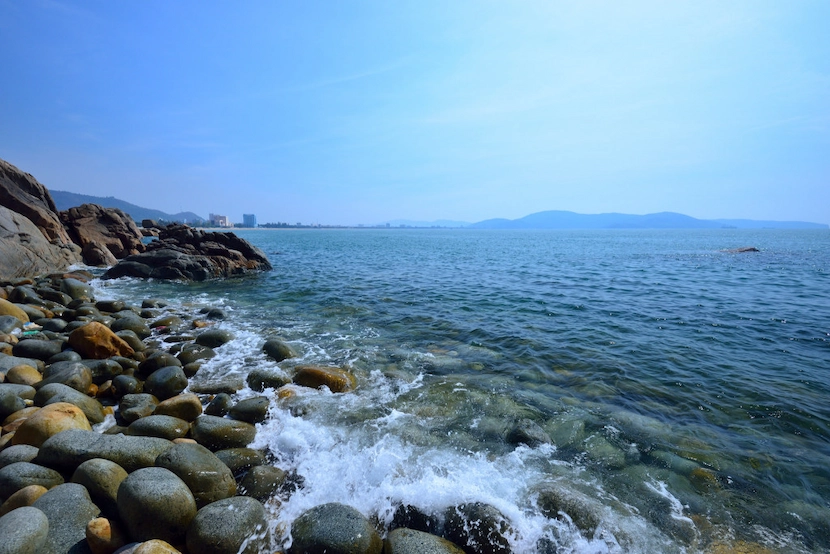
Clear-blue skies above Quy Nhon beach
Nha Trang
Nha Trang's beaches are consistently ranked among Vietnam's most beautiful, boasting pristine white sand and dazzlingly clear blue waters. Accommodation options cater to diverse preferences, from hotels in the bustling city center to tranquil resorts nestled in quieter areas like Cam Ranh Bay and Ninh Van Bay. Venturing south of Nha Trang leads to Ninh Thuan, a wild and relatively undeveloped region with few hotels, but home to the renowned 6-star Amanoi resort.
Mui Ne
Mui Ne's beaches are another excellent choice for August travel. Known for its strong winds, Mui Ne is a surfer's paradise. Beyond the refreshing waters, visitors can explore the striking red and white sand dunes, landscapes that resemble a miniature Sahara Desert.
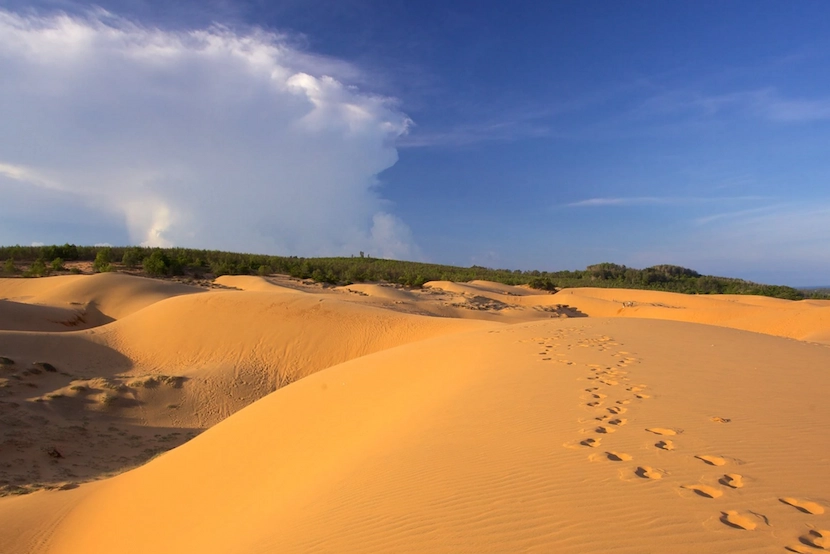
Mui Ne dunes is a must-see destination for outdoor activities
See more: Mui Ne Travel Guide - A southern paradise beach destination
4. Vietnamese holidays & festivals in August 2026
Vu Lan Festival (27/08/2026)
The Vu Lan festival, also known as Hungry Ghost Day, is one of the main festivals of Buddhism (Mahayana) which takes place on July 15 of the lunar calendar. It is held annually to show children's gratitude to their parents and ancestors.
5. Suggested itineraries for traveling to Vietnam in August
While there's a risk of encountering rainy days in Northern Vietnam, for the most part, you can admire the beauty of the whole country. An off-the-beaten-path trip would be a great choice for visiting Vietnam from North to South.
>>> Explorer’s Escape: Vietnam’s North to South Marvels - 17 Days: This trip starts in Hanoi and ends in Ho Chi Minh City (Saigon). With this itinerary, you can fully explore all of Vietnam's general beauty, especially in places like Mai Chau and Pu Luong during their peak season. With the last stop in Chau Doc, you can even combine the trip with a river transfer to Phnom Penh - the capital of Cambodia - and continue your journey in the land of temples.
If you have more days, you can try this itinerary, which also includes Sapa to visit ethnic minorities.
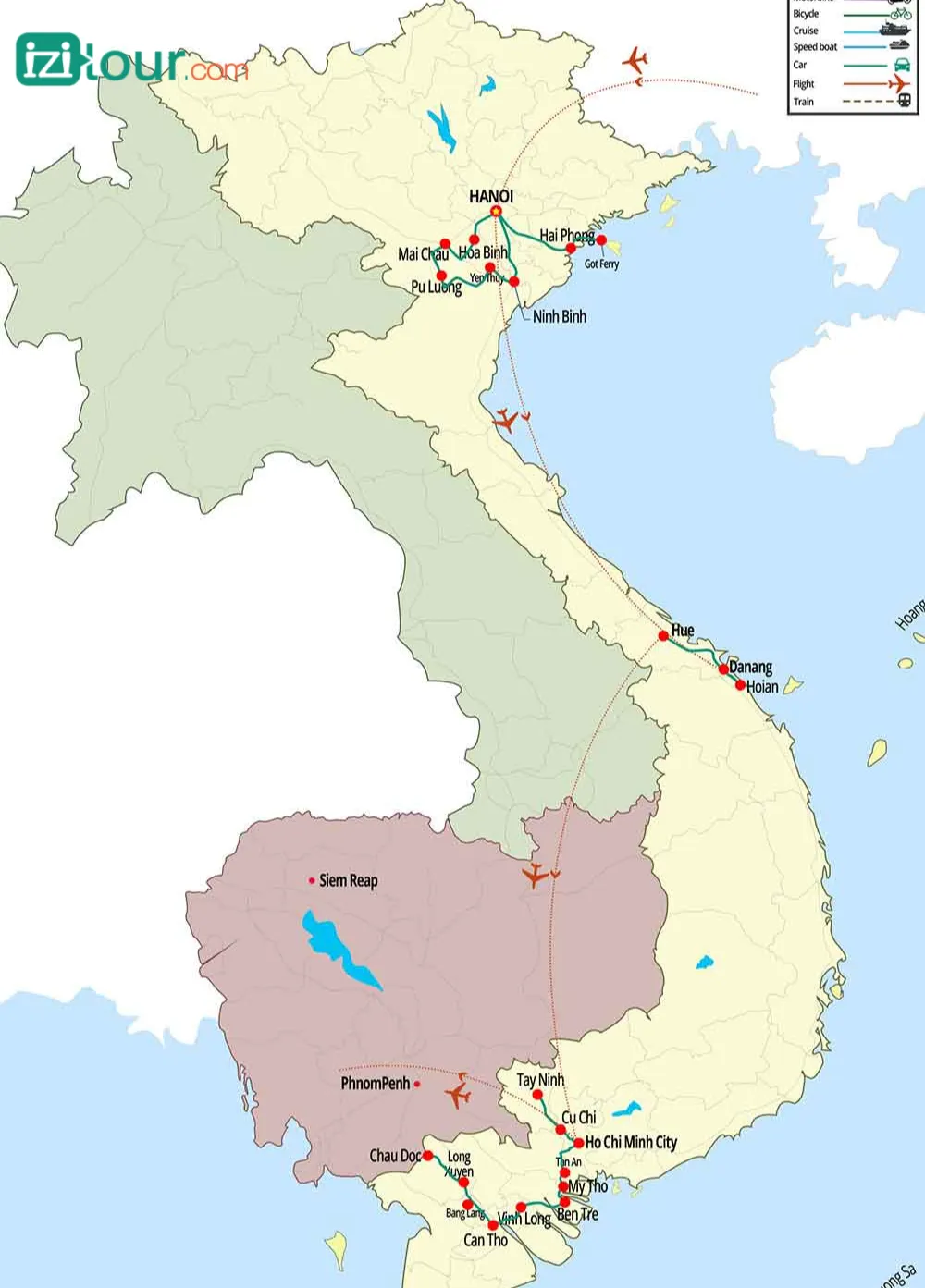
>>> Vietnam in Depth: Cultural Riches & Natural Wonders - 21 Days: This is a wonderful itinerary for those seeking a completely different culture and who wish to see Vietnam in depth. This itinerary explores a Vietnam that will stay in your heart.
Don't forget to include a few days at the beach in Hoi An or Da Nang if a seaside getaway is what you're after. For an even more beautiful coast, consider taking a flight to Nha Trang or Quy Nhon. If you're interested in surfing, be sure to add Mui Ne to your itinerary.
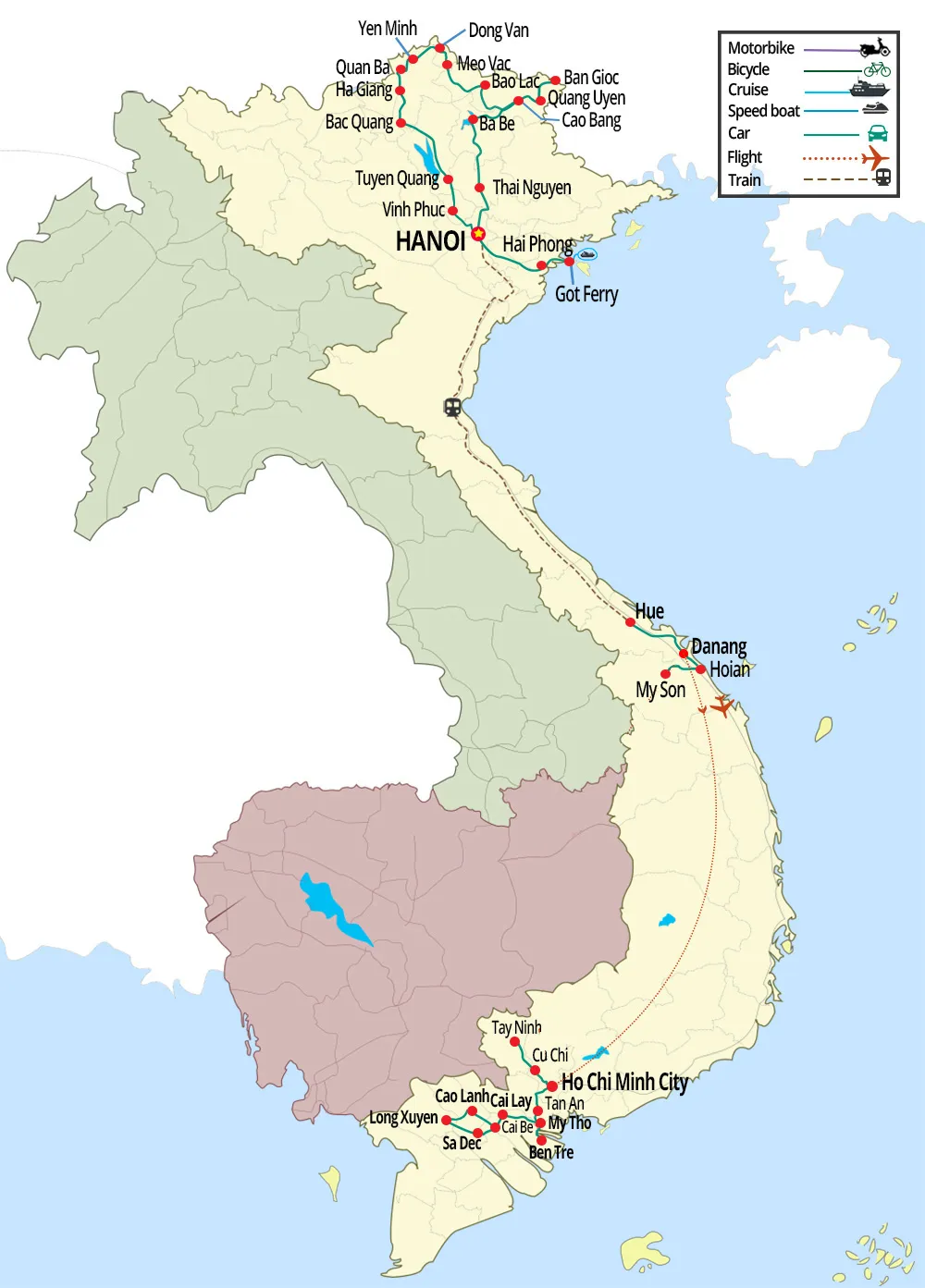
>>> Discovery of Northern Vietnam from West to East - 14 Days: Late August is also a great time for photography trips, especially for capturing authentic photos of the pristine life of the ethnic groups in Northern Vietnam. We present an itinerary very popular with our photographers. This is an itinerary with arrival and departure in/from Hanoi. However, consider traveling towards the end of the month when the weather in the North is more pleasant.
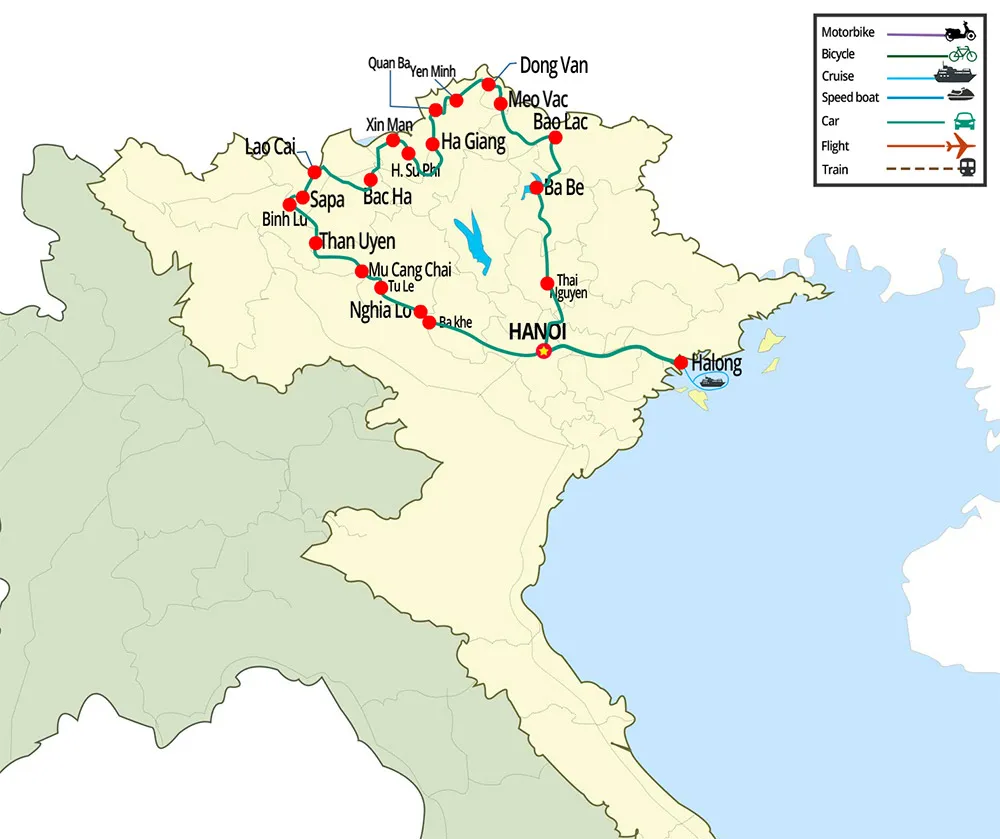
While August may bring a chance of storms, especially in the north, it's still a fantastic time to explore the full beauty of Vietnam. Our travel specialists are here to help you plan the perfect trip, whether you're looking for a classic adventure or a personalized itinerary.
To get more details on our August Vietnam tours or to begin creating your custom trip, feel free to leave a comment below or send us an email at [email protected].
Discover More Vietnam Tour Package
Read more:
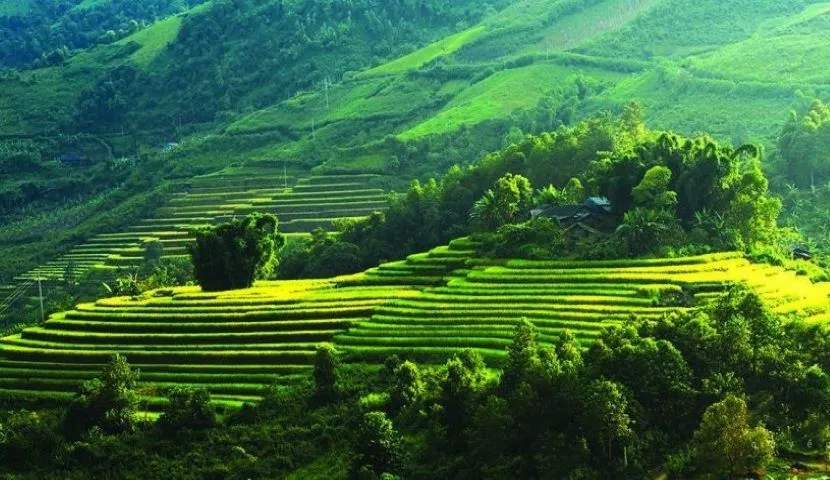







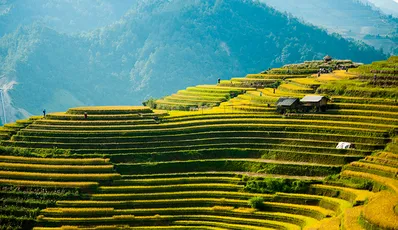
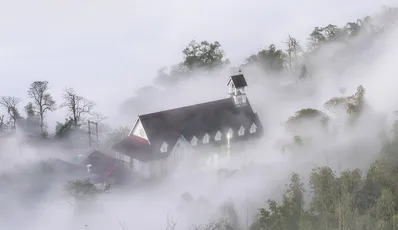
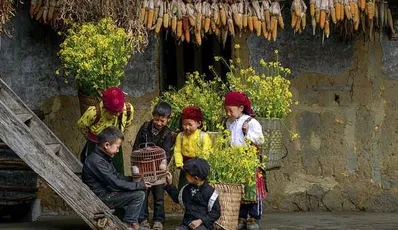
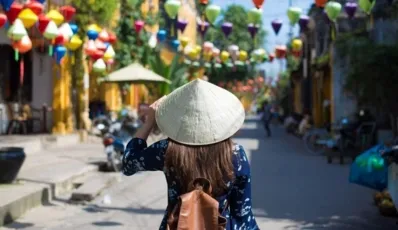
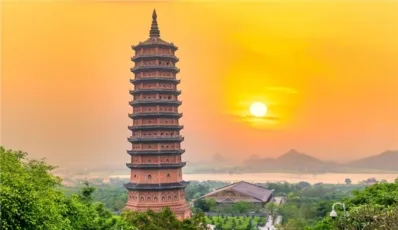
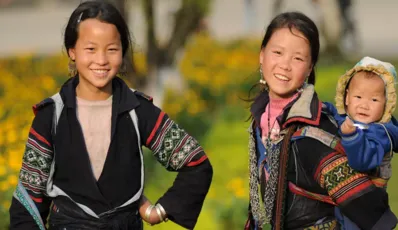
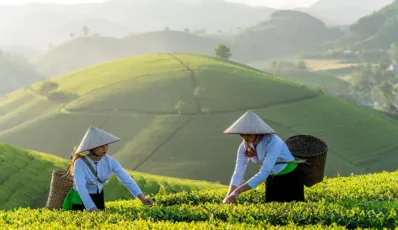
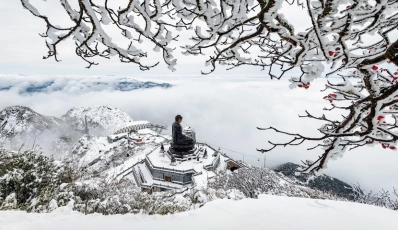
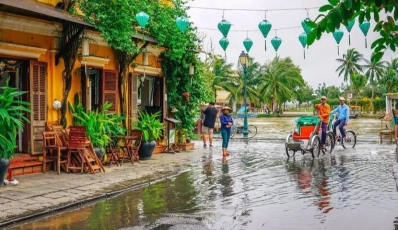
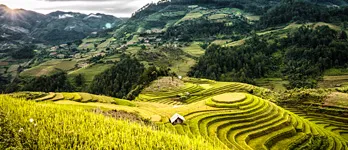
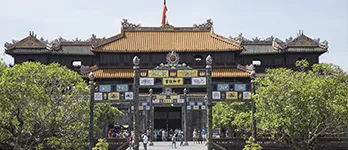
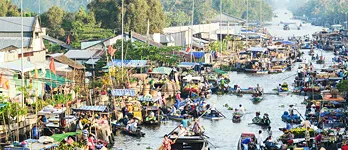

 TRAVELERS' CHOICE 2025
TRAVELERS' CHOICE 2025 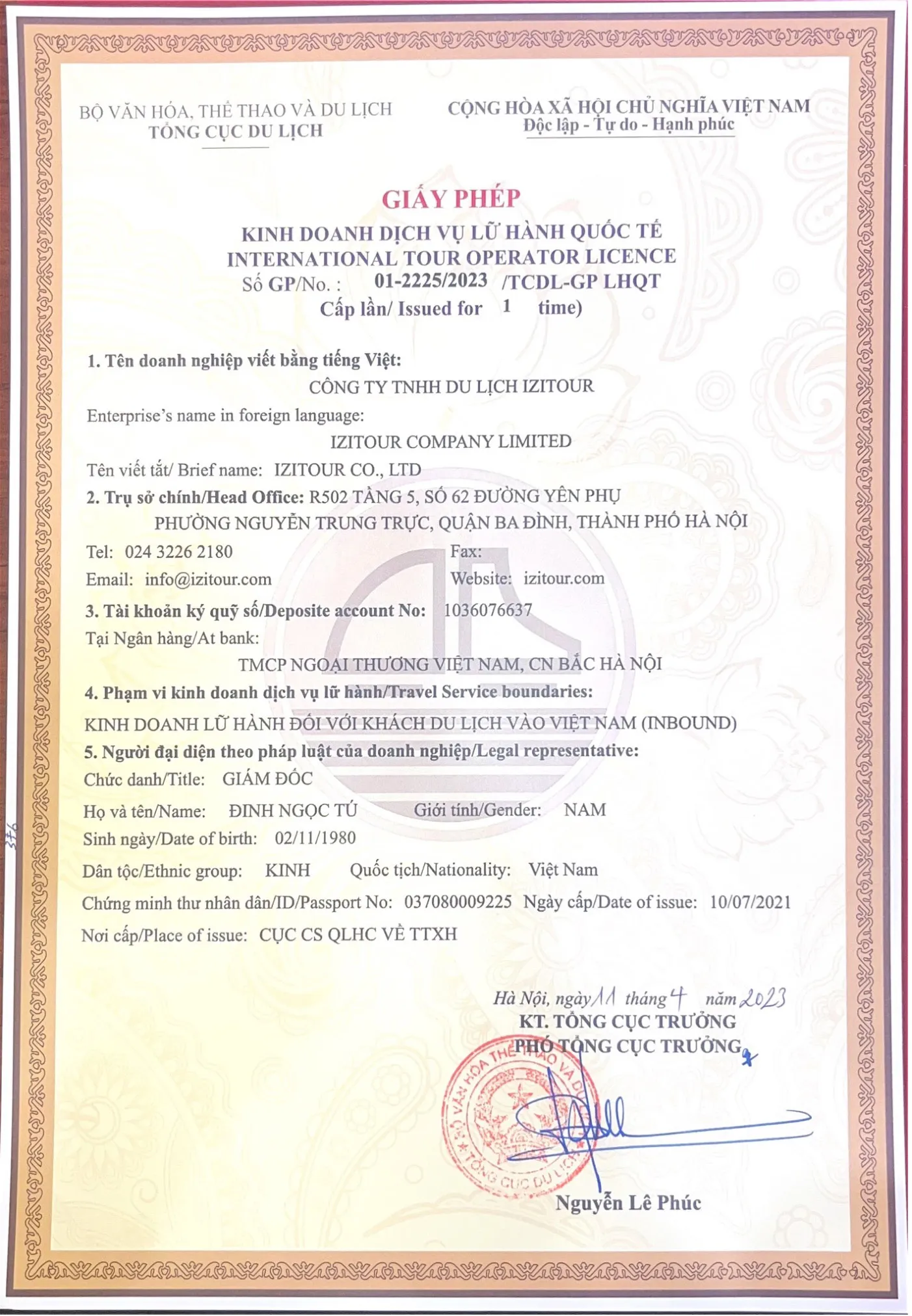



04 Comments
United States
Vietnam
Romania
Vietnam
Write Reply